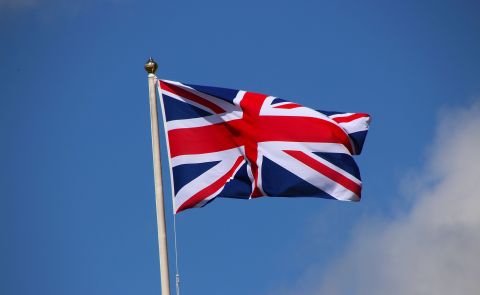
Recent economic developments regarding Azerbaijan
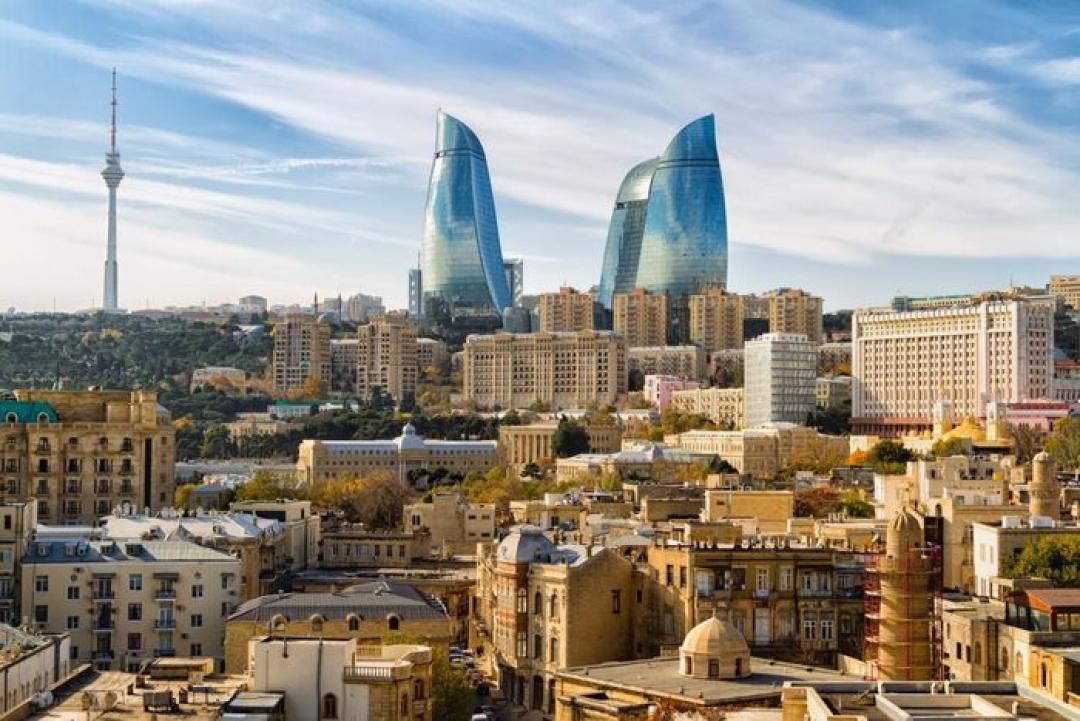
Azerbaijan increased gas output by 13.5 percent
According to the State Oil Company (SOCAR), Azerbaijan boosted its gas output by 13.5% in the first quarter of 2022. 8.3 million tonnes of oil and 11.8 billion cubic metres of gas were produced in the country. SOCAR generated about 1.9 million tonnes of oil and 1.9 billion cubic metres of gas during the time under review. In comparison to the previous year, oil and gas output grew slightly. In addition, the corporation sold over 4.1 million tonnes of crude oil on the international market.
SOCAR also sold 770 million cubic metres of natural gas to Georgia, up 50.6% from the same time the previous year. "SOCAR sells both crude oil generated by its own methods and SOCAR and Azerbaijan's interests in the oil production of multinational consortia," the company stated.
In all, the country exported 6.7 million tonnes of oil and 5.9 billion cubic metres of gas. In comparison to the same period previous year, the country's gas exports increased by 14.7%. In addition, the company's refining unit in Azerbaijan processed 1.6 million tonnes of oil and 948 million cubic metres of natural gas. When compared to the same time previous year, oil refining grew by 9.7%.
Anglo Asian Mining reports a drop in gold output from January to March 2022
Anglo Asian Mining Plc, Azerbaijan's largest gold mining business, reported a drop in gold output to 10,040 ounces in the first quarter of 2022, down from 11,907 ounces the previous year.
Anglo Asian produces gold in a joint venture with the government of Azerbaijan at Gedabek and other Azerbaijan mines, in which the London-listed business owns a 51% share.
Copper output decreased to 568 tonnes in the first quarter of 2021, down from 638 tonnes in January-March 2021, according to the business. From 35,365 ounces, silver production increased to 50,689 ounces.
The overall production of gold-equivalent ounces (GEO), which includes other metals, fell to 13,720 GEO from 15,810 GEO, according to the company's website.
Gold bullion sales were 7,519 ounces at an average price of $1,904 per ounce, according to Anglo Asian. During the first three months of 2021, 5,635 ounces of gold were sold at an average price of $1,697 per ounce.
"I am glad to announce a strong start to 2022, with total production of 13,720 GEOs at our flagship Gedabek mine in the first quarter. Looking ahead, we are in a great financial position to execute our expansion strategy," said Reza Vaziri, the company's CEO. "We're keeping laser-focused on starting production at Vejnaly and the newly found Hasan vein at Gosha this year. Later in the first half of this year, we will provide an update on production guidance for 2022."
In the first quarter of 2022, Azerbaijan exported 5.8 million tonnes of oil
According to the State Customs Committee, Azerbaijan exported 5.8 million tonnes of oil worth $3.6 billion during January to March 2022.
Italy was the leading oil importer from Azerbaijan in the first quarter of this year, accounting for 2.3 million tonnes of oil worth $1.4 billion. Italy, Portugal (560,465 tonnes of oil worth $390.6 million), Israel (521,032 tons of oil worth $328 million), Ukraine (506,349 lots of oil worth $304.5 million), and Thailand (368,473 tonnes of oil worth $231.4 million) were the top five nations in terms of receiving oil imports from Azerbaijan.
In the first three months of this year, Azerbaijan shipped 80,172 tonnes of oil worth $41.3 million to Turkey. During the months under consideration, oil accounted for 46.1% of total export structure.
Azerbaijan sold 27.1 million tonnes of oil valued at $13.2 billion in 2021. Italy, Israel, Croatia, Germany, and Portugal were the top five nations importing oil from Azerbaijan. Furthermore, in 2021, Azerbaijan produced 34.6 million tonnes of crude oil. The OPEC+ pact gradually eliminated voluntary oil output cuts, resulting in a small rise in oil production last year.
The ratio of Azerbaijan's external state debt to GDP
Azerbaijan's external public debt was $7.4 billion, or 12.5% of GDP, as of early April 2022, according to Azer Mursagulov, director of the Azerbaijani Finance Ministry's Agency for Managing Public Debt and Financial Obligations. Azerbaijan's internal state debt, according to Mursagulov, was $1.53 billion, or 2.6% of GDP.
"Our foreign debt indicator is lower than that of other nations in our region. Furthermore, Azerbaijan's overall governmental debt to GDP ratio is 15.1%,” he stated. "Azerbaijan's state guarantees cost $1.06 billion, or 1.6% of its GDP. As a result, the public debt-to-GDP ratio is just under 17%.”
The public debt funds are generated at the expense of long-term loans given by international financial institutions, according to the agency's chairman. These loans have an average term of seven to eight years (around two years for domestic debt).
Azerbaijan's foreign trade reached $7.7 billion dollars
According to the State Statistics Committee, Azerbaijan's foreign trade turnover was $7.7 billion in January-February 2022. Exports accounted for $5.8 billion, or 74.7%, of total turnover, while imports accounted for $1.9 billion, or 25.3%. The country's international trade turnover totalled $3.8 billion, resulting in a $3.8 billion surplus.
The country's international trade turnover climbed by 1.7 times in actual prices and 12.8% in real terms from January to February 2021. Furthermore, the country's legal institutions and private entrepreneurs conducted business with partners in 139 nations. 91 countries exported goods, while 130 countries imported goods.
Exports of non-oil and gas goods climbed by 39.4% in actual terms and 32.2% in real terms during the reporting period, totalling $461.8 million.
Italy was responsible for 39.3% of Azerbaijan's total commercial turnover, followed by Turkey (11.8%), Russia (5.1%), Ukraine (4.2%), and China (3.9%). Italy, with 51.5% of exports, Turkey, with 10.4%, Israel, with 4.4%, Ukraine, with 4.3%, and Greece, with 3.4%, were the top five nations acquiring Azerbaijani products. Turkey (33.25), Russia (25.8%), Georgia (6.1%), Switzerland (4.5%), and Italy account for the greatest export volume of non-oil and gas goods (4.2%).
See Also

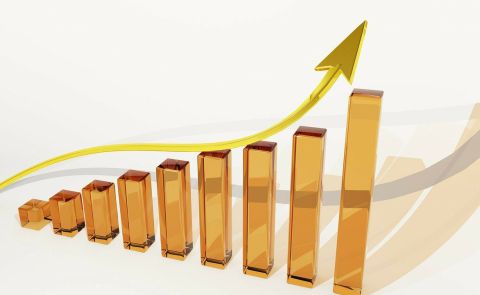
Armenia Records 5.9% GDP Growth in 2024, Missing 7% Goal
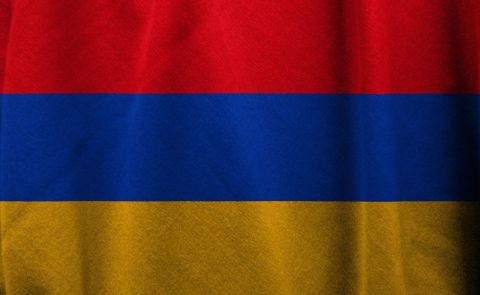
Yerevan Balances Strategic Ties with Both US and Russia, Says Foreign Minister

FM Mirzoyan: Peace Deal with Azerbaijan Is Within Reach
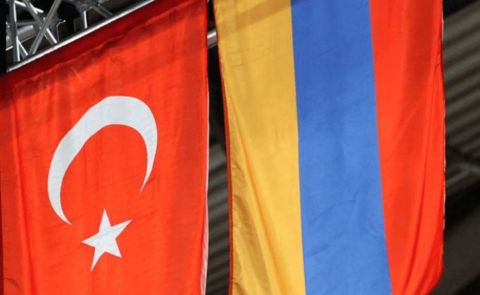
Pashinyan and Erdogan Hold Call, Reaffirm Commitment to Ongoing Dialogue

